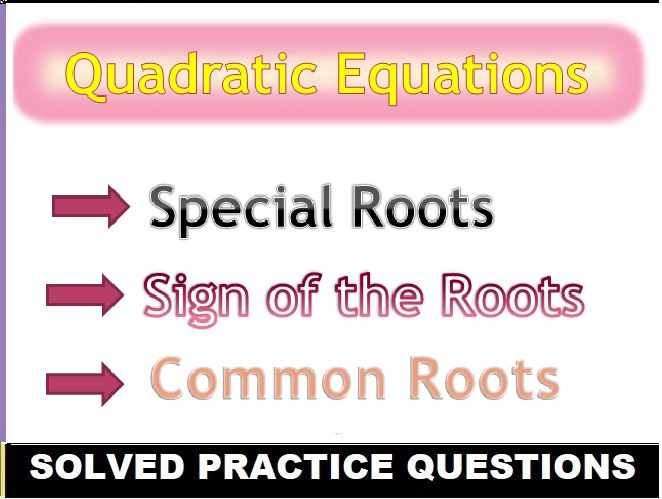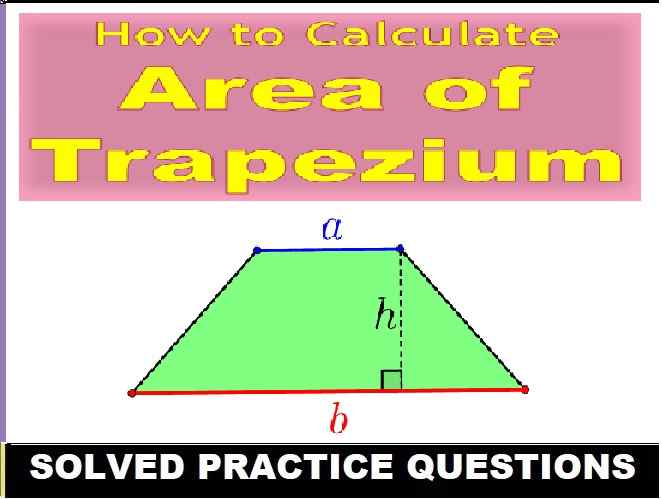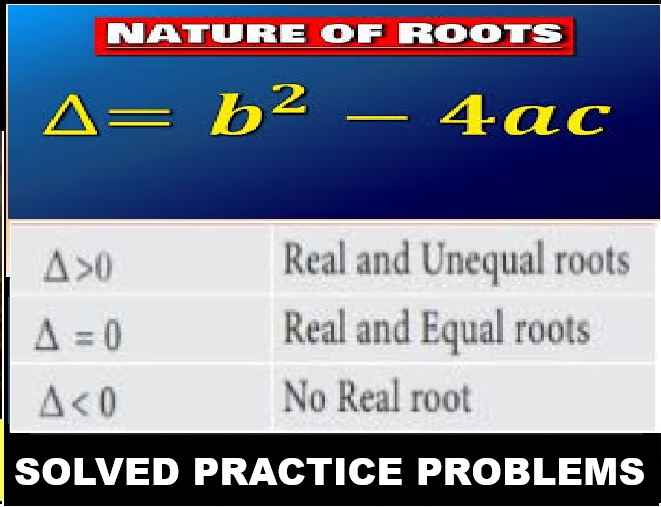Nootan Solutions Photoelectric Effect ISC Class-12 Physics Ch-23 Nageen Prakashan Numericals. Step by step Solutions of Kumar and Mittal ISC Physics Class-12 Nageen Prakashan Numericals Questions. Visit official Website CISCE for detail information about ISC Board Class-12 Physics.
Nootan Solutions Photoelectric Effect ISC Class-12 Physics Ch-23
| Board | ISC |
| Class | 12 |
| Subject | Physics |
| Publication | Nageen Prakashan |
| Writer | Kumar and Mittal |
| Vol | 2nd |
| Book Name | Nootan |
| Chapter-23 | Photoelectric Effect |
| Topics | Solution of Numericals Questions |
| Page-Number | 882, 883, 884 |
Nootan Solutions Photoelectric Effect ISC Class-12 Physics Ch-23
Definition of Photoelectric Effect :-
Explaining the Photoelectric Effect: The Concept of Photons :-
The photoelectric effect cannot be explained by considering light as a wave. However, this phenomenon can be explained by the particle nature of light, in which light can be visualized as a stream of particles of electromagnetic energy. These ‘particles’ of light are called photons. The energy held by a photon is related to the frequency of the light via Planck’s equation:
E = h𝜈 = hc/λ
Where,
- 𝜈 denotes the frequency of the light
- c is the speed of light (in a vacuum)
- E denotes the energy of the photon
- h is Planck’s constant
- λ is the wavelength of the light
Thus, it can be understood that different frequencies of light carry photons of varying energies. For example, the frequency of blue light is greater than that of red light (the wavelength of blue light is much shorter than the wavelength of red light). Therefore, the energy held by a photon of blue light will be greater than the energy held by a photon of red light.
Threshold Energy for the Photoelectric Effect :-
For the photoelectric effect to occur, the photons that are incident on the surface of the metal must carry sufficient energy to overcome the attractive forces that bind the electrons to the nuclei of the metals. The minimum amount of energy required to remove an electron from the metal is called the threshold energy (denoted by the symbol Φ). For a photon to possess energy equal to the threshold energy, its frequency must be equal to the threshold frequency (which is the minimum frequency of light required for the photoelectric effect to occur). The threshold frequency is usually denoted by the symbol 𝜈th and the associated wavelength (called the threshold wavelength) is denoted by the symbol λth. The relationship between the threshold energy and the threshold frequency can be expressed as follows.
Φ = h𝜈th = hc/λth
Einstien’s Contributions towards the Photoelectric Effect
The photoelectric effect is the process that involves the ejection or release of electrons from the surface of materials (generally a metal) when light falls on them. The photoelectric effect is an important concept that enables us to clearly understand the quantum nature of light and electrons.
After continuous research in this field, the explanation for the photoelectric effect was successfully explained by Albert Einstein. He concluded that this effect occurred as a result of light energy being carried in discrete quantized packets. For this excellent work, he was honored with the Nobel prize in 1921.
According to Einstein, each photon of energy E is
E = hν
Where E = Energy of photon in joule
h = planks constant (6.626 × 10-34 J.s)
ν = frequency of photon in Hz
Properties of the Photon :-
- During the interaction of matters with radiation, radiation behaves as it is made up of small particles called photons.
- Photons are virtual particles. The photon energy is directly proportional to its frequency and inversely proportional to its wavelength.
- For a photon, all the quantum numbers are zero.
- A photon does not have any mass, charge and they are not reflected in a magnetic and electric field.
- The photon moves in the speed of light at empty space.
- The momentum and energy of the photons are related as given below.
E = p.c where
p = magnitude of the momentum
c = speed of light.
History of the Photoelectric Effect :-
The photoelectric effect was first introduced by Wilhelm Ludwig Franz Hallwachs in the year 1887 and the experimental verification was done by Heinrich Rudolf Hertz. They observed that when a surface is exposed to electromagnetic radiation at a higher threshold frequency, the radiation is absorbed and the electrons are emitted. Today, we study photoelectric effect as a phenomenon which involves a material absorbing electromagnetic radiation and releasing electrically charged particles.
To be more precise, light incident on the surface of a metal in the photoelectric effect causes electrons to be ejected. The electron ejected due to the photoelectric effect is called a photoelectron and is denoted by e–. The current produced as a result of the ejected electrons is called photoelectric current.
Nootan Numerical Solutions Photoelectric Effect ISC Class-12 Physics Ch-23
Question 1:
Find the frequency of a photon of energy 75 eV.
Question 2:
The frequency of a beam ……………………………….. express in it eV?
Question 3:
…………………………
………………………..
…………………………
Question 24:
Calculate the work function …………………… incident on sodium ?
Question 25:
……………………
…………………..
…………………….
Question 41:
Ultraviolet light of …………………….. Planc’s constant.
Question 42:
In an experiment of photoelectric effect, the graphs of maximum ………………………… light of frequency v = 30 x 10 14 second -1
—: End of Nootan Solutions Photoelectric Effect :–
CONTACT FOR LIVE CLASSES -9335725646
Return to – Nootan Solutions for ISC Physics Class-12 Nageen Prakashan
Thanks


